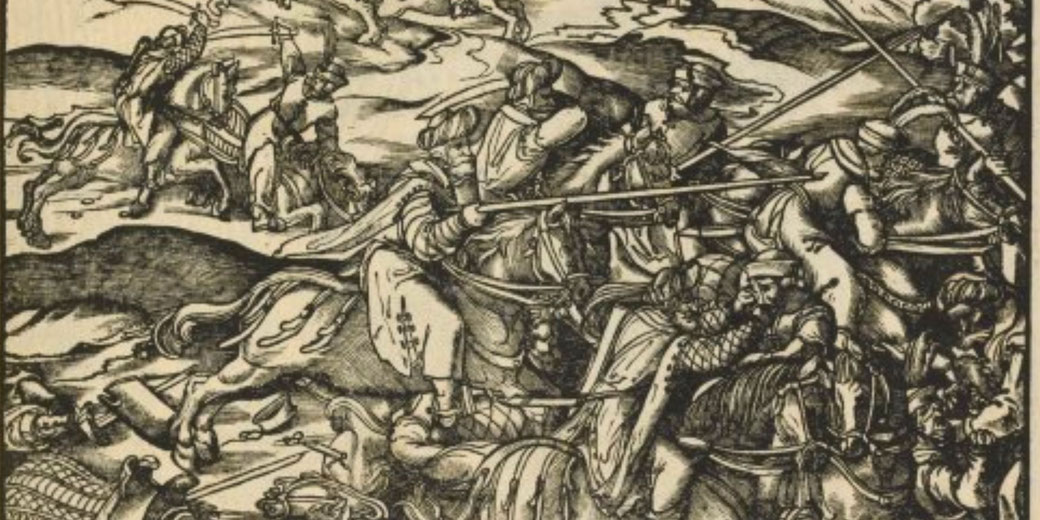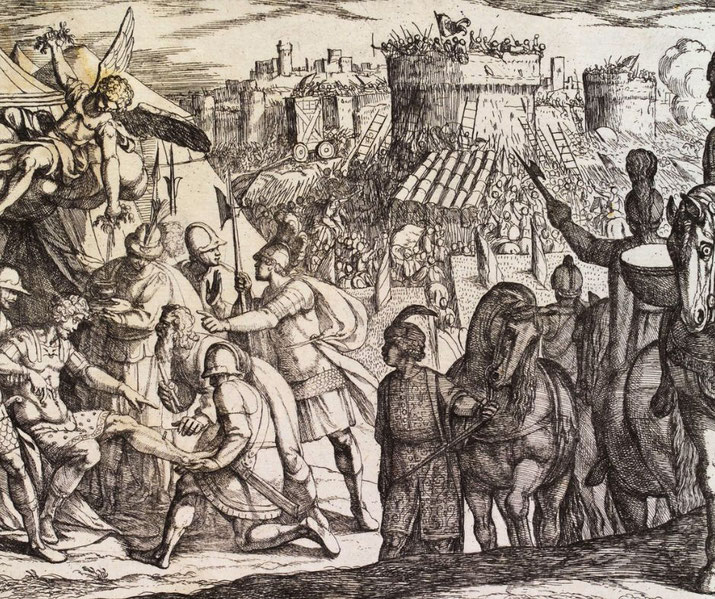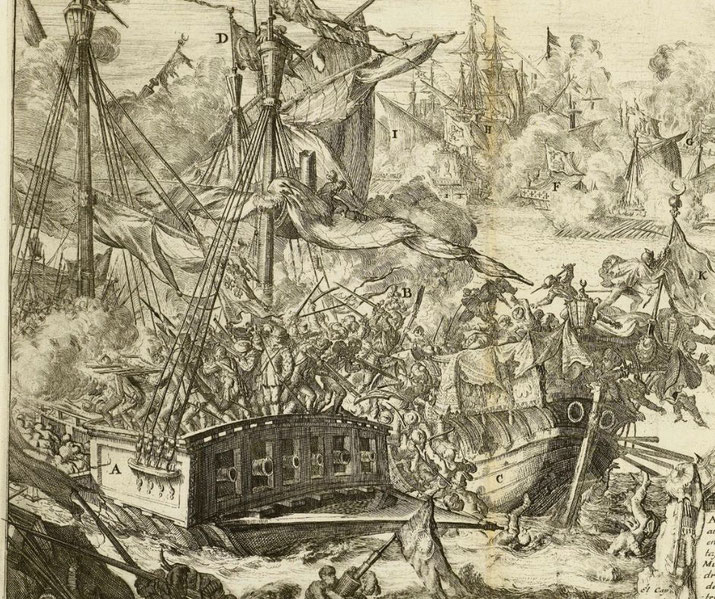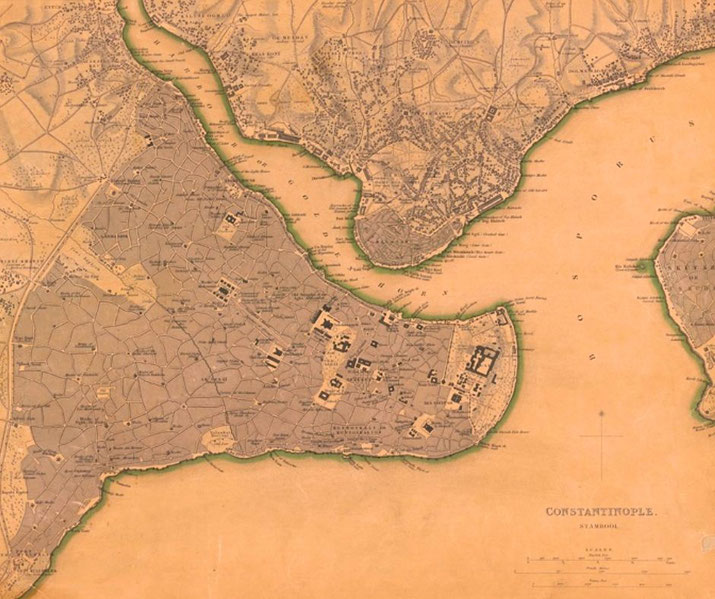The 10 most important battles of the Middle Ages

From the fall of Roman authority to the rise of gunpowder warfare, the Middle Ages saw a remarkable number of military clashes that changed the course of nations.
Among the thousands of battles fought between the 5th and 15th centuries, several engagements stand out through exerting long-term influence on political power.
The following ten battles reflect the breadth and intensity of military conflict throughout the period and demonstrate how armed struggle changed the medieval world.
1. Battle of Hastings (1066)
On 14 October 1066, the Norman forces of Duke William of Normandy met the Anglo-Saxon army of King Harold Godwinson at Senlac Hill, near Hastings.
The death of Edward the Confessor without an heir left a contested succession, with both William and Harold claiming the English throne.
Harold marched his exhausted troops south after he defeated the Norwegians at Stamford Bridge less than three weeks earlier.
At Hastings, the Normans deployed cavalry, infantry, and archers against Harold’s shield wall of housecarls and fyrdmen.
The battle dragged into the afternoon before Harold’s death, possibly by an arrow to the eye, led to the collapse of English resistance.
Following his victory, William advanced on London and forced submission from key nobles, ensuring his coronation on Christmas Day in Westminster Abbey.
The Norman Conquest transformed English society by replacing the Anglo-Saxon elite with Norman lords and introducing feudal administration.
Norman French became the language of the court, administration, and law. The Domesday Book, which was compiled in 1086, showed how the new ruler assessed and controlled landholding and taxation across the kingdom.
The battle ensured that England would look to continental Europe rather than Scandinavia for its political and cultural development.
2. Siege of Jerusalem (1099)
In the final stages of the First Crusade, a combined army of Western European knights and foot soldiers reached Jerusalem in June 1099 after a tough campaign across Anatolia and the Levant.
The city, which held by the Fatimid Caliphate, was well defended, and the Crusaders lacked sufficient siege engines.
They constructed towers and battering rams from local timber and launched a final assault on 15 July.
After they broke through the northern wall, they poured into the city. A massacre followed, with contemporary sources claiming thousands of Muslims and Jews were slaughtered, including civilians who sought refuge in the Al-Aqsa Mosque.
The capture of Jerusalem saw the high point of the Crusader movement. The city became the capital of the Latin Kingdom of Jerusalem, a Christian state that would endure for nearly a century.
The events of the siege left a bitter memory in Islamic tradition, and contemporary Christian accounts praised the conquest as divinely approved.
The religious symbolism of the city inflamed future conflicts, including Saladin’s reconquest in 1187.
The brutality of the siege established an example for future Crusader warfare, where religious zeal often translated into random violence.

3. Battle of Manzikert (1071)
On 26 August 1071, the Byzantine emperor Romanos IV Diogenes led a large army into eastern Anatolia to confront the Seljuk Turks under Alp Arslan.
The campaign aimed to check the Seljuk advance and restore Byzantine control over Armenia. Romanos advanced into unfamiliar territory with unreliable allies.
As the battle began near the town of Manzikert, internal betrayal played a key role in the outcome.
The general Andronikos Doukas abandoned the field, and part of the army failed to engage. Surrounded and isolated, Romanos was captured by the Seljuks.
Manzikert signalled the collapse of Byzantine authority in much of Anatolia. In the decades that followed, Turkish tribes poured into the region and laid the foundations of the Sultanate of Rum.
The Byzantine Empire, already weakened by internal strife and military overextension, lost its main source of manpower and revenue.
The defeat contributed to worsening security problems that eventually led Emperor Alexios I Komnenos to request military aid from the West, which in turn helped prompt the First Crusade in 1095.
Manzikert was a turning point in the spread of Islam and settlement by Turkish people in Anatolia.
4. Battle of Tours (732)
In October 732, Frankish forces under Charles Martel confronted a Muslim army that was invading near the city of Tours in western Francia.
The Umayyads, led by Abd al-Rahman al-Ghafiqi, had pushed north from Iberia after they had achieved earlier successes across the Pyrenees.
Martel positioned his infantry on high ground and relied on disciplined formations to resist the Muslim cavalry.
After a day of skirmishing and a full assault, the Franks held firm. Abd al-Rahman was killed during the fighting, and the Muslim army retreated under cover of night.
Tours checked the northward expansion of the Umayyad Caliphate into Western Europe.
Although Umayyad forces continued to hold territory in southern Gaul for decades, the battle secured Charles Martel’s reputation as a defender of Christendom and laid the groundwork for the Carolingian dynasty.
The Franks continued to lead political and military affairs in Western Europe, eventually producing Charlemagne.
The battle became a symbol in later centuries of Christian resistance to Islamic conquest, particularly during the Crusades and the Reconquista.
5. Battle of Agincourt (1415)
On 25 October 1415, English forces led by King Henry V fought a much larger French army near the village of Agincourt in northern France.
The English, weakened by disease and tiredness after a long campaign, deployed in a narrow field surrounded by woodland.
Henry arranged his men-at-arms in the centre and stationed longbowmen on either flank behind wooden stakes.
The heavily armoured French knights advanced through thick mud under a rain of arrows, but their charges fell into disarray.
The English launched a counterattack and captured thousands, though many were later executed during the battle.
Agincourt became one of the most famous English victories of the Hundred Years’ War.
The battle demonstrated the longbow's effectiveness and showed that disciplined infantry combined with careful tactical positioning overcame the traditional French reliance on chivalric cavalry.
The French suffered heavy losses, and it included many high-ranking nobles. The victory strengthened Henry’s claim to the French throne and led to the Treaty of Troyes in 1420, which acknowledged his heirs as future kings of France.
Though the English would later lose their French territories, Agincourt entered the national story through chronicles and literature.
6. Battle of Lepanto (1571)
In October 1571, a fleet of the Holy League, led by Don John of Austria, faced the Ottoman navy in the Gulf of Patras off western Greece.
The Christian alliance of Spanish, Venetian and papal ships launched a direct assault on the Ottoman fleet commanded by Ali Pasha.
The battle saw hundreds of galleys deployed on both sides. The Holy League combined superior firepower with improved coordination and pushed aggressively to capture or destroy most of the Ottoman fleet.
Ali Pasha was killed during the fighting.
Lepanto temporarily ended Ottoman naval control in the western Mediterranean.
Though the Ottomans rebuilt their fleet within a year, the Christian victory halted further Ottoman expansion into Europe by sea and lifted European morale.
The battle demonstrated the growing importance of firearms and artillery aboard warships. It also carried great importance.
European powers celebrated the outcome as a triumph for Christianity. The poet Cervantes, who fought at Lepanto and lost the use of his left hand, later called it the greatest occasion of arms in modern history.
The clash represented a shift from medieval to early modern warfare.

7. Battle of Grunwald (1410)
On 15 July 1410, the forces of the Polish-Lithuanian alliance met the Teutonic Knights at Grunwald, in what is now northern Poland.
The alliance was led by King Władysław Jagiełło and Grand Duke Vytautas, who fielded a large and varied army.
The Teutonic Knights had expanded aggressively into pagan lands. The battle opened with skirmishes but soon developed into a full engagement.
After hours of hard fighting, the Polish-Lithuanian army broke through and killed Grand Master Ulrich von Jungingen.
Grunwald clearly weakened the Teutonic Order. Though they retained some territory through the Treaty of Thorn in 1411, their plans in Eastern Europe declined sharply.
The battle elevated the status of the Polish-Lithuanian Commonwealth and secured its role as a major regional power.
For centuries, Poles and Lithuanians regarded Grunwald as a symbol of national pride during periods of foreign domination.
The scale of the battle and the destruction of the Teutonic elite signified a turning point in Eastern European history.
8. Battle of Crecy (1346)
During Edward III’s campaign in France, the English army encountered a larger French force near Crécy in August 1346.
The English took up a strong defensive position and deployed longbowmen in a V-shaped formation.
As the French knights and Genoese crossbowmen advanced, they were slowed by mud and confusion.
The English archers unleashed volleys of arrows that broke up the French charges.
Repeated assaults failed, and the French king Philip VI eventually fled the field.
Crecy witnessed the rise of infantry and archery over traditional mounted warfare.
The battle demonstrated the tactical advantage of terrain and discipline and showed how new technologies influenced later engagements across Europe.
It featured the early use of cannon by the English, though in a limited role. Crecy was followed by the successful siege of Calais.
Its lessons influenced future engagements in the Hundred Years’ War and shifted military thinking across Europe.
The catastrophic French losses highlighted the weakness of chivalric warfare to organised missile troops and entrenched infantry.
9. Battle of Hattin (1187)
On 4 July 1187, the army of the Crusader Kingdom of Jerusalem met Saladin’s forces near the Horns of Hattin in present-day Israel.
The Crusaders marched across dry land in severe heat as they sought to break the Muslim siege of Tiberias.
Saladin cut off access to water and surrounded the Crusader army. Exhausted and parched, the Crusaders attempted a breakout, but were crushed.
King Guy of Lusignan was captured, and the relic known as the True Cross was taken by Saladin's forces, though what happened next is unknown.
Hattin made it possible for Saladin’s reconquest of Jerusalem later that year. The defeat broke Crusader army strength in the Levant and led to the fall of several key fortresses.
The loss of Jerusalem prompted the launch of the Third Crusade, led by Richard the Lionheart, Philip II of France, and Frederick Barbarossa.
Though the Crusaders regained some coastal cities, Jerusalem remained under Muslim control.
Hattin is one of the most major losses in Crusader history and a turning point in the control of the Holy Land.
10. Siege of Constantinople (1453)
In April 1453, the Ottoman Sultan Mehmed II laid siege to Constantinople, the last stronghold of the Byzantine Empire.
The city’s defenders were led by Emperor Constantine XI, and numbered only a few thousand, while the Ottomans had about 50,000 to 80,000 soldiers and used large cannons.
The Byzantines held out for seven weeks, but on 29 May Ottoman forces broke through the walls near the Gate of St Romanus.
The emperor died in the final assault, and the city fell after more than a thousand years of Christian rule.
The fall of Constantinople saw the end of the Byzantine Empire and the final death of the Roman world.
The city became the new capital of the Ottoman Empire, renamed Istanbul. Its fall created strong reactions across Europe and led to new calls for Crusades that never materialised.
Greek scholars fled westward, and by saving classical texts, they sparked the Renaissance.
The siege also confirmed the rising power of the Ottomans and showed how gunpowder was increasingly important in siege warfare.

What do you need help with?
Download ready-to-use digital learning resources
Copyright © History Skills 2014-2025.
Contact via email
With the exception of links to external sites, some historical sources and extracts from specific publications, all content on this website is copyrighted by History Skills. This content may not be copied, republished or redistributed without written permission from the website creator. Please use the Contact page to obtain relevant permission.





